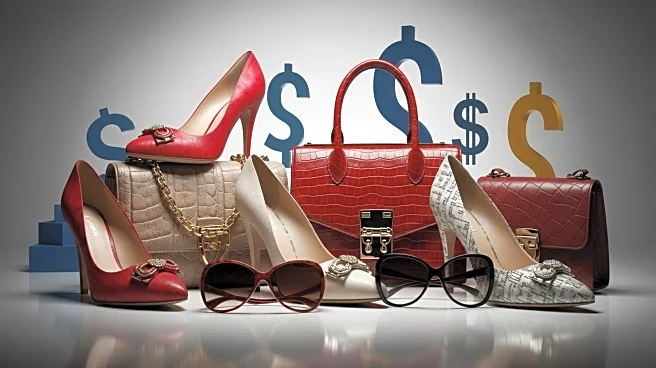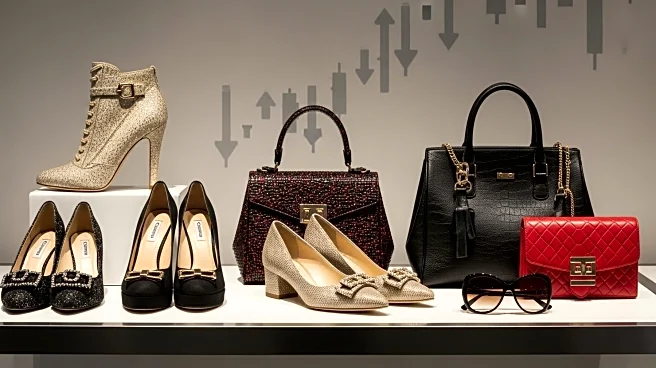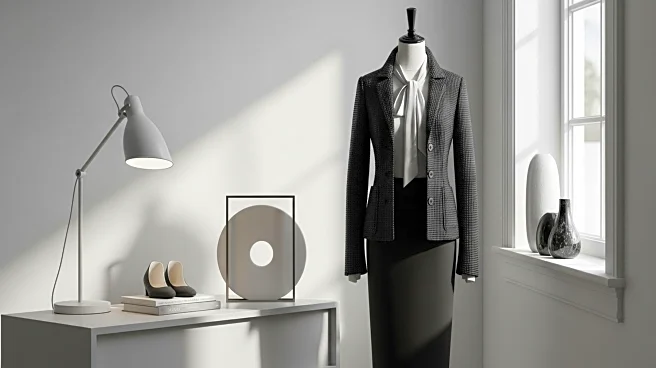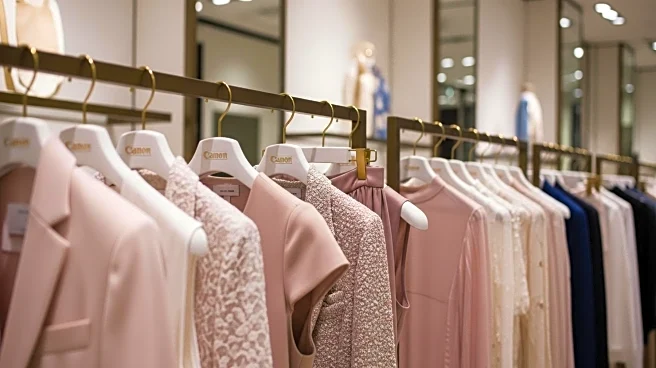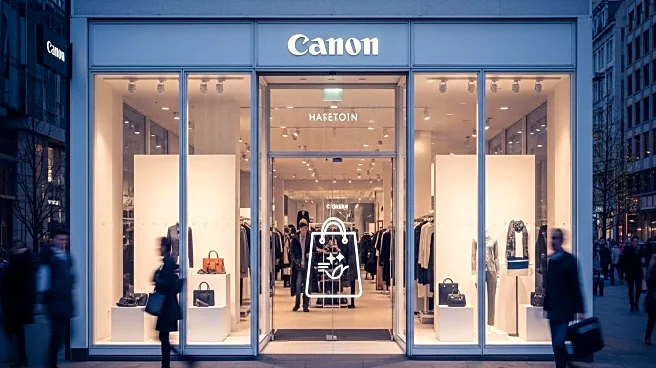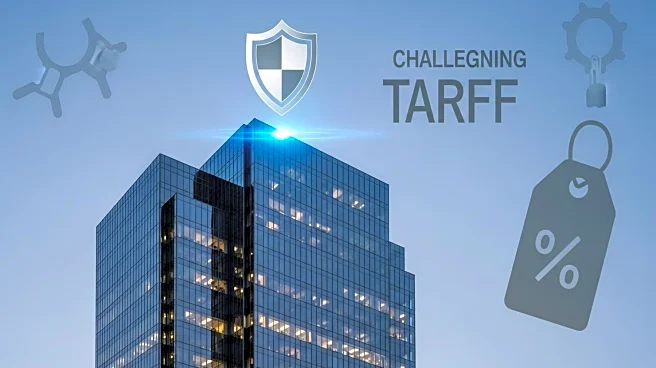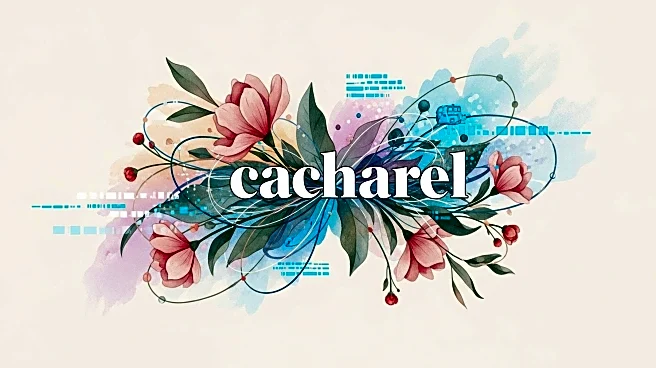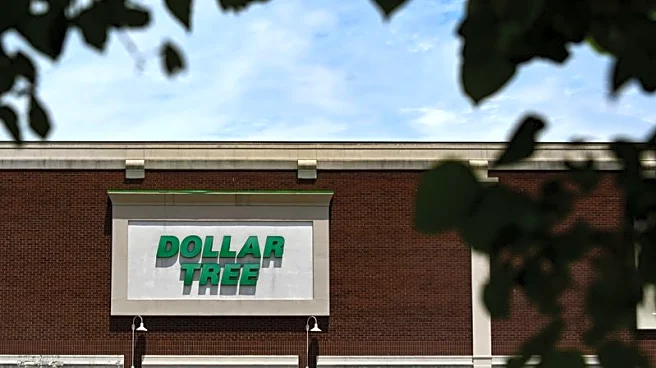What's Happening?
Fashion companies are navigating a complex landscape marked by tariffs, price hikes, and a shift towards direct-to-consumer (DTC) models. Brands like Lafayette 148, L'Agence, Ramy Brook, Cinq à Sept, and LoveShackFancy are adjusting their strategies to cope with these challenges. Lafayette 148 is focusing on customer experience and expanding its DTC presence, while L'Agence is leveraging a multichannel approach to drive growth. Ramy Brook is expanding its event dressing category and launching a footwear collection. Cinq à Sept is exploring international markets and expanding its denim offerings. LoveShackFancy is opening new stores and launching new product categories.
Why It's Important?
The fashion industry's response to tariffs and economic uncertainty highlights the importance of adaptability and innovation. By expanding DTC channels, companies can reduce reliance on traditional retail and improve margins. The focus on customer experience and product diversification is crucial for maintaining competitiveness in a challenging market. These strategies may lead to increased brand loyalty and revenue growth, despite external pressures. The industry's ability to navigate tariffs and price hikes will be critical in sustaining long-term growth and profitability.
What's Next?
Fashion firms are likely to continue expanding their DTC channels and exploring new markets to mitigate the impact of tariffs and economic uncertainty. Companies may invest in technology and supply chain improvements to enhance operational efficiency and customer experience. As the industry evolves, brands will need to balance cost pressures with the need to deliver value and quality to consumers. The ongoing expansion into international markets and new product categories will be key areas of focus.
